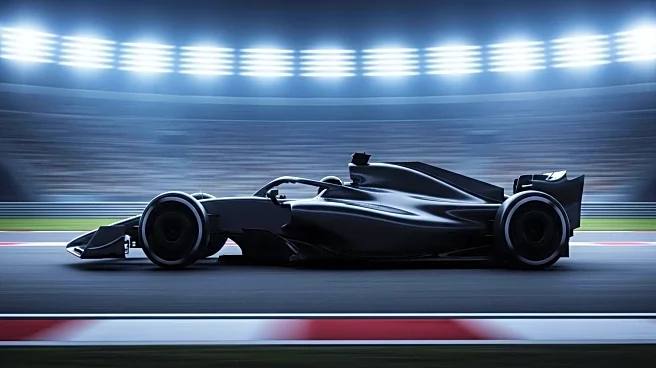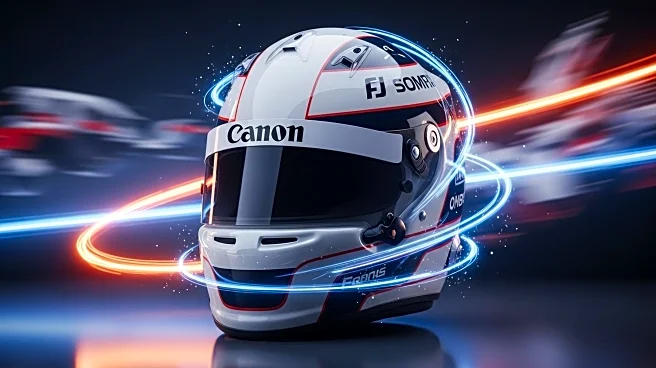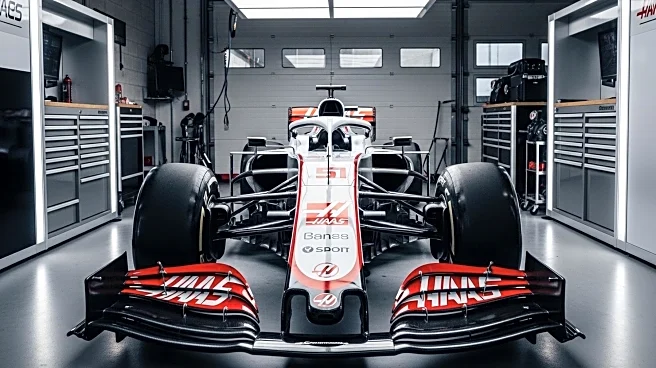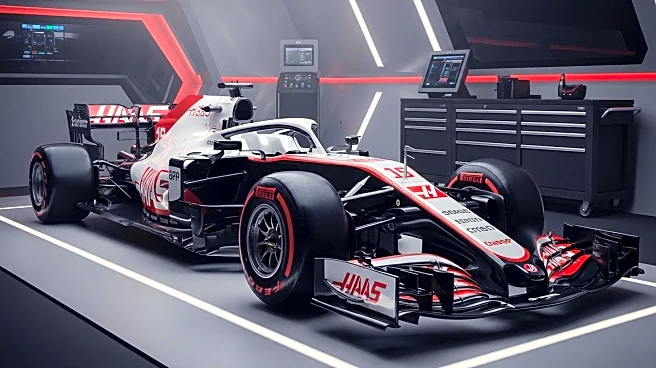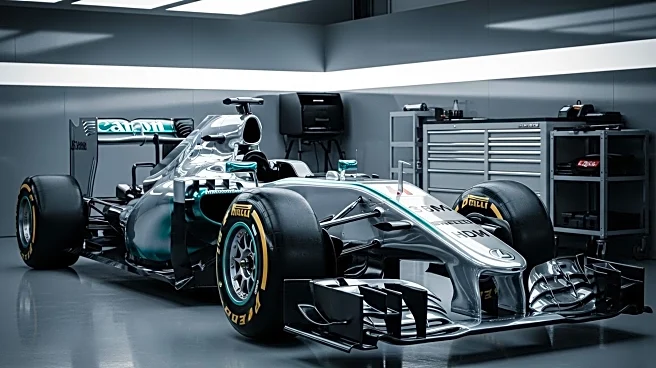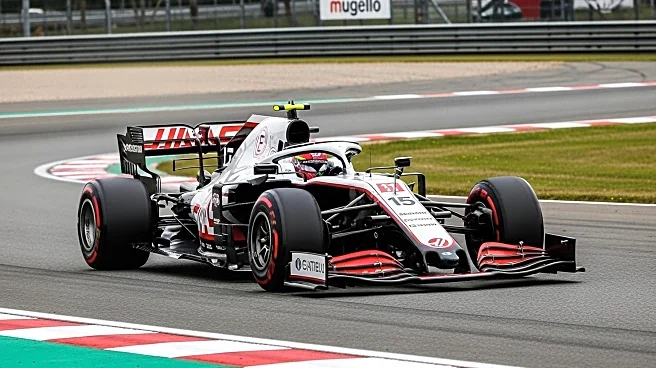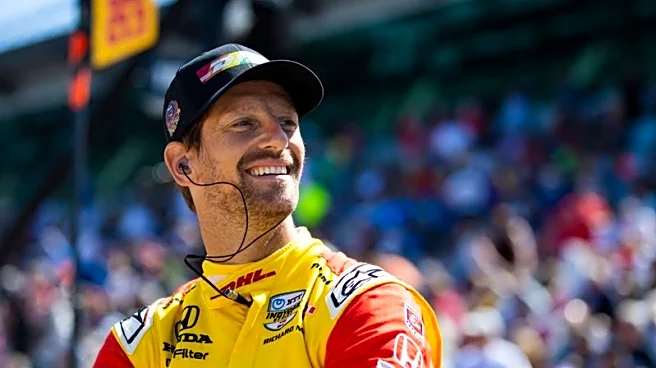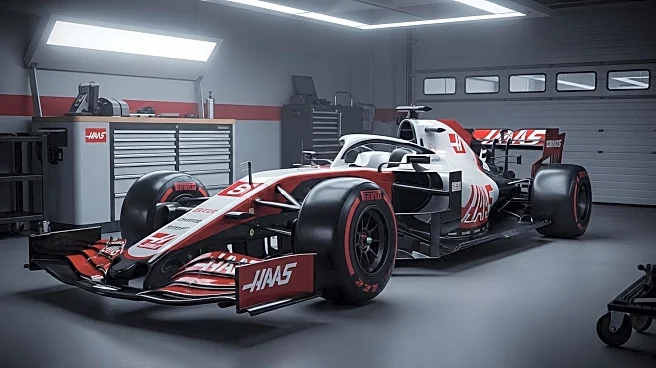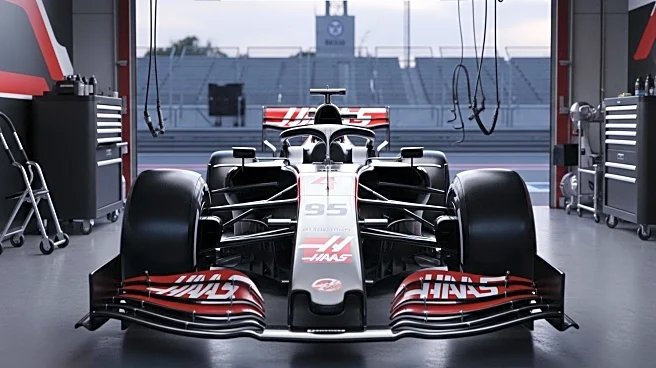What's Happening?
Romain Grosjean has driven a Formula 1 car for the first time since his dramatic escape from a fireball crash during the 2020 Bahrain Grand Prix. The crash, which occurred on the opening lap, resulted in Grosjean's Haas car splitting in two and catching fire. Despite the severity of the crash, Grosjean managed to escape with only burns to the back of his hands. Following the incident, he missed the final two races of the 2020 season and subsequently transitioned to racing in IndyCar and sportscars in North America. On Friday, Grosjean returned to the track at Mugello, driving Haas's 2023 VF-23 car under the Testing of Previous Cars (TPC) rules. This opportunity allowed him to wear a special helmet designed by his children, which he had intended to use in his final F1 race in 2020.
Why It's Important?
Grosjean's return to a Formula 1 car is significant as it marks a moment of closure for the driver, who was unable to have a proper farewell in the sport due to his accident. The test at Mugello not only reunites him with former colleagues from Haas but also serves as a testament to his resilience and passion for racing. Grosjean's involvement in the TPC program highlights the ongoing development efforts within the Haas team, potentially contributing valuable insights for future car designs. This event also underscores the advancements in safety measures within Formula 1, as Grosjean's survival and recovery from such a severe crash demonstrate the effectiveness of current safety protocols.
What's Next?
While Grosjean continues to race in the United States, his participation in the Mugello test may open doors for further involvement in Formula 1, whether through testing or advisory roles. The Haas team, benefiting from Grosjean's experience, might leverage his feedback to enhance their car performance. Additionally, Grosjean's return could inspire discussions on driver safety and the importance of maintaining robust safety standards in motorsport. As the 2025 Formula 1 season progresses, teams like Haas will continue to focus on development and performance improvements, with insights from experienced drivers playing a crucial role.
Beyond the Headlines
Grosjean's return to Formula 1, albeit for a test, highlights the emotional and psychological aspects of racing. His ability to overcome the trauma of his accident and return to the sport he loves speaks to the mental fortitude required by professional athletes. This event also serves as a reminder of the risks associated with motorsport and the continuous efforts to improve safety standards. Grosjean's story may inspire other drivers who have faced similar challenges, emphasizing the importance of resilience and support systems within the racing community.

